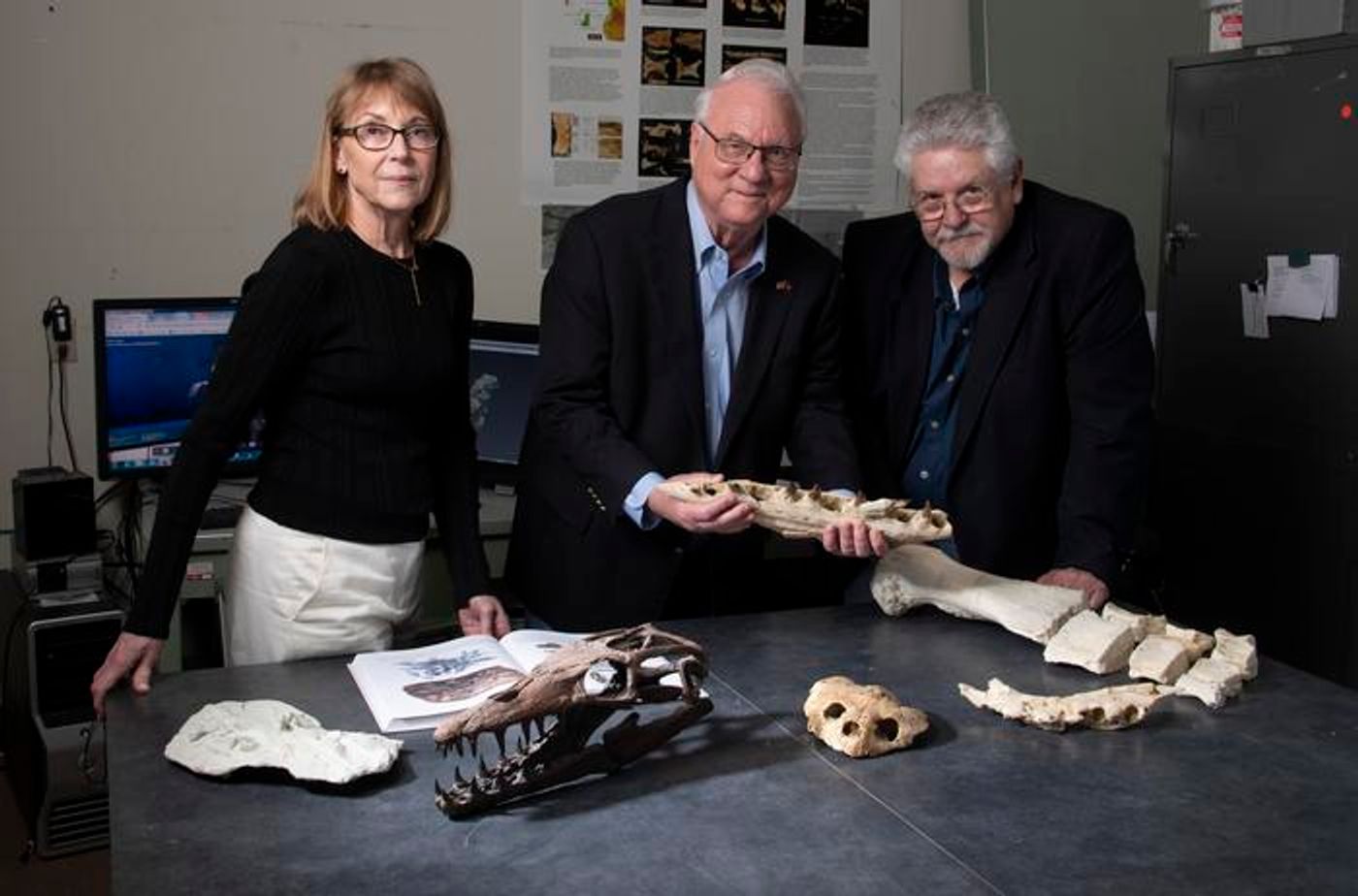Clear Evidence of the Rift Between Africa & South America is Revealed
It's fairly easy to look at a map of the world and see the clear similarities between the western coast of Africa and the eastern coast of South America, and how well these shapes fit together. It's long been known that these regions were once connected in the ancient supercontinent called Gondwana that was itself once part of a larger landmass known as Pangea. An international research team has found ancient rocks and marine reptile fossils that now provide clear evidence of the ancient geological split between South America and Africa and the resulting creation of the southern Atlantic Ocean. The findings have been reported in Geological Society, London, Special Publications.
About 140 million years ago, Africa and South America started to break apart, and rifts formed along weak points that already existed. Tectonic shifts caused magma from the mantle of the Earth to move to the surface and generate a new oceanic crust. Those continents moved away from each another and the Atlantic Ocean rushed to fill the void. Previous evidence of this movement has been found using ocean floor samples and geophysical models.
But this latest work, using evidence from Angola, has provided rock-solid proof. "That gives Angola major bragging rights," said study co-author Louis L. Jacobs of SMU.
The rocks and fossils that were analyzed in this work were found around Angola's southern coast, and they are between 71 million and 130 million years old. The study suggested that this is now the most complete geological land record of the separation of South America and Africa, and the Atlantic Ocean opening up in the south.
"There are places that you can go to in South America, for instance, where you can see this part of the split or that part of it, but in Angola, it's all laid out in one place," said study co-author Louis L. Jacobs, a professor emeritus at and Southern Methodist University (SMU) and president of ISEM. "Before this, there was not a place known to go and see the rocks on the surface that really reflected the opening of the South Atlantic Ocean, because they're now in the ocean or eroded away."
Fossils of large marine reptiles that lived during the late Cretaceous Period were also identified in Angola. Many of them can now be seen at an exhibit by SMU and the Smithsonian Institute called "Sea Monsters Unearthed: Life in Angola's Ancient Seas," at the National Museum of Natural History until November 2024.
This collaboration among experts from many different fields was, "able to document when there was no ocean at all, to when there was a fresh enough ocean for those reptiles to thrive and have enough to eat," noted study co-author and SMU research associate Diana P. Vineyard.
Sources: Southern Methodist University, Geological Society, London, Special Publications




















































